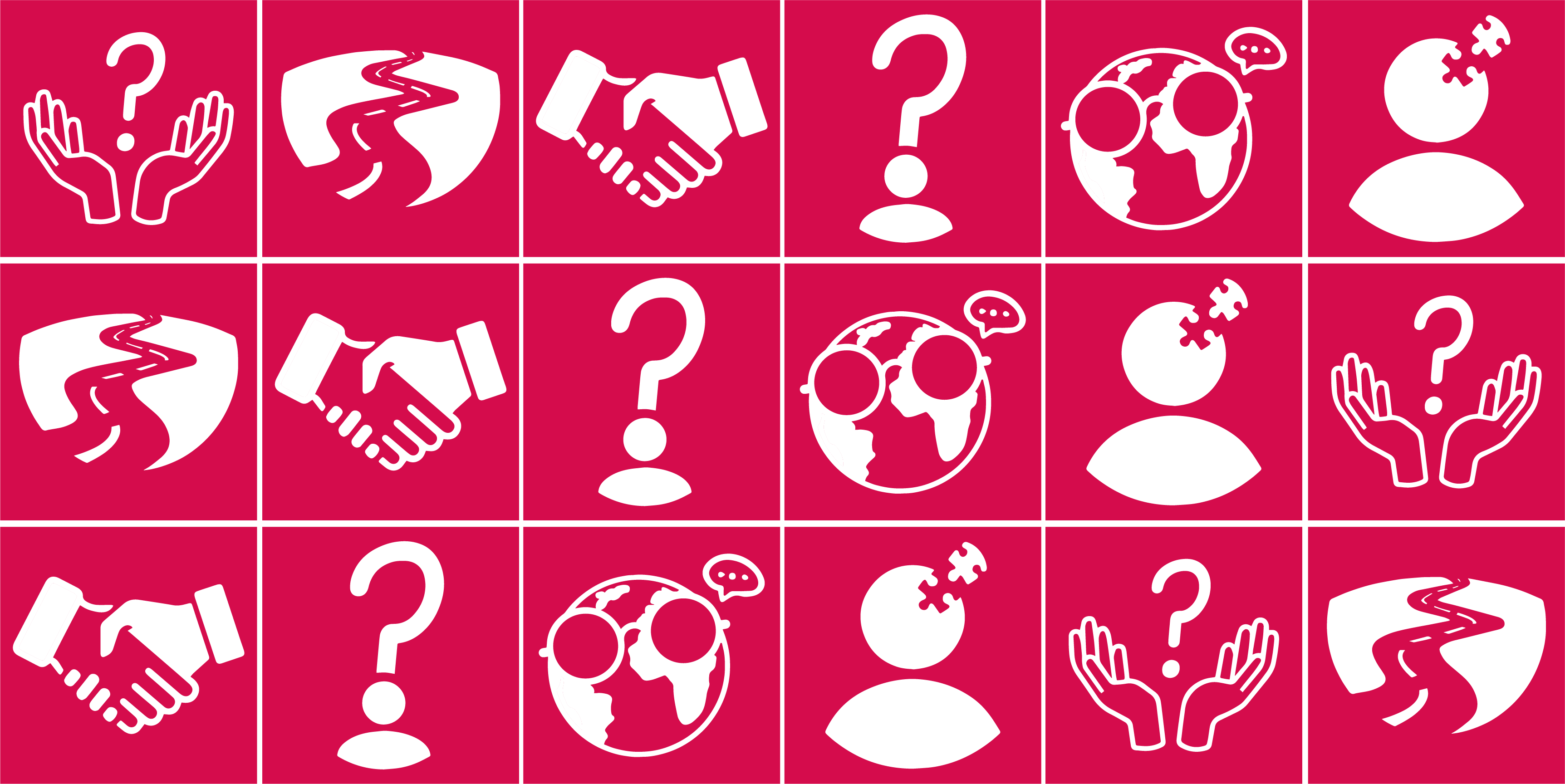Learning objective
- To recognise how people might respond to scenarios based on their varying religious beliefs.
Success criteria
- I can define the terms agnostic, atheist, theist
This content is for subscribers only. Join for access today.
Religious Education Council Curriculum Framework for RE in England (non-statutory guidance):
- A3: Explore and describe a
This content is for subscribers only. Join for access today.
Cross-curricular links
English
Reading – comprehension
Pupils
This content is for subscribers only. Join for access today.
Before the lesson
This content is for subscribers only. Join for access today.
Lesson plan
Recap and recall
Display slide 1 the Presentation: Double meanings and ask the children to discuss the meaning of the sentence in their pairs.
This content is for subscribers only. Join for access today.
Extended-mode explainer videos
How to extend your display to view the lesson page and preseantion mode simultaneously. Choose your operating system below to watch the video
If you need further support with extending your display,
please contact [email protected].
Extended-mode explainer video: For Mac
Extended-mode explainer video: For Windows
Adaptive teaching
Pupils needing extra support
Could be given a term rather than a definition from the Activity: Word detectives; could explore the characters’ beliefs from slide 2 of the Presentation: Different beliefs prior to the lesson.
Pupils working at greater depth
Should start to think about why people may change their beliefs; should begin to explain people’s reactions to scenarios based on their beliefs.
This content is for subscribers only. Join for access today.
Assessing progress and understanding
Pupils with secure understanding indicated by: identifying a person’s views using correct
This content is for subscribers only. Join for access today.
Vocabulary definitions
-
agnostic
A person who is unsure about the existence of a god or gods and believes it is impossible to know for sure.
-
atheist
A person who does not believe there is a god or gods.
This content is for subscribers only. Join for access today.
In this unit
Introductory lesson: Respectful Religion and worldviews - What do people think about God?

